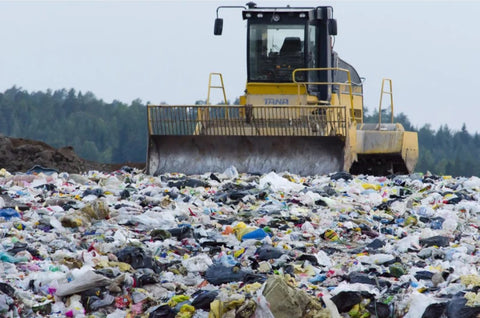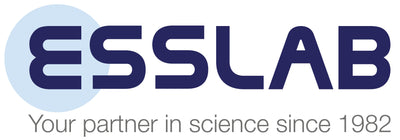ESSLAB Industry News
Environmental Cyanide Analysis Methods - Engineered to Assure Water Quality and Consumer Safety

Cyanide is a complex chemical that exists in various states throughout nature, encompassing a wide range of substances containing carbon-nitrogen bonds. It has been made infamous by crime novels and war movies as a rapid and deadly poison. Reality, of course, is more complicated than fiction.
In this article, ESSLAB explore the hazards of cyanide and how to test for cyanide with a focus on the use of Inorganic Ventures cyanide standards for controlling the quality of potable water, and Macherey-Nagel QUANTOFIX semi-quantitative rapid test strips for environmental monitoring.
Where do cyanides enter the environment?
Some cyanides are present in the food we eat, although national and international food safety regulators ensure that concentrations never exceed safe levels of consumption. Almonds, for instance, contain a naturally occurring cyanogenic glycoside known as amygdalin which breaks down into cyanide when consumed. These naturally occurring cyanides typically pose few issues to consumers.

Regulators are primarily concerned with manufactured cyanides that enter ecosystems through industrial runoff. Steelworks, landfill sites, mining processes, organic chemistry, wastewater treatment facilities, and others can discharge process water and waste into the environment. Recent studies have proved inconclusive in how cyanides break down and accumulate in different biospheres, with ongoing investigations into the effects of cyanide contamination on various soil microbes.
One of the main risk factors associated with industrial runoff is the potential for drinking water contamination. Typically, the concentration of cyanide in sources of drinking water ranges from 0.001 – 0.011 parts per million (ppm).
Field testing with rapid cyanide detection test strips is often used by industry prior to discharge, these rapid semi-quantitative colorimetric test strips require no instrumentation and provide results in under 5 minutes.
Macherey-Nagel QUANTOFIX Relax Test Strip Reader
To eliminate between-user variability and to ensure full traceability, the optional QUANTOFIX Relax strip reader records results, time, date and sample ID - generating reports in print or digital format. A useful additional lab application is to pre-qualify samples prior to analysis on high-end instrumentation.
In the laboratory, cyanide Certified Reference Materials (CRM’s) are used to ensure the accuracy and reproducibility in the analytical data produced. They allow traceable monitoring of potable water quality against safe levels mandated by regulatory bodies, including the Environmental Agency and the World Health Organisation.
ISO 17034 Certified Cyanide Standards from Inorganic Ventures
Inorganic Ventures develop and manufacture a wide range of ISO 17034 Certified Reference Materials, traceable to NIST, for ISO 17025 accredited laboratories to ensure compliance with environmental standards. Inorganic Ventures offer 1000ug/mL Cyanide standards as well as a large range of Wastewater standards, click the links below to find out more.
Inorganic Ventures 1000ug/mL Cyanide Standard
View the full Inorganic Ventures Wastewater Standards range

Leave a comment